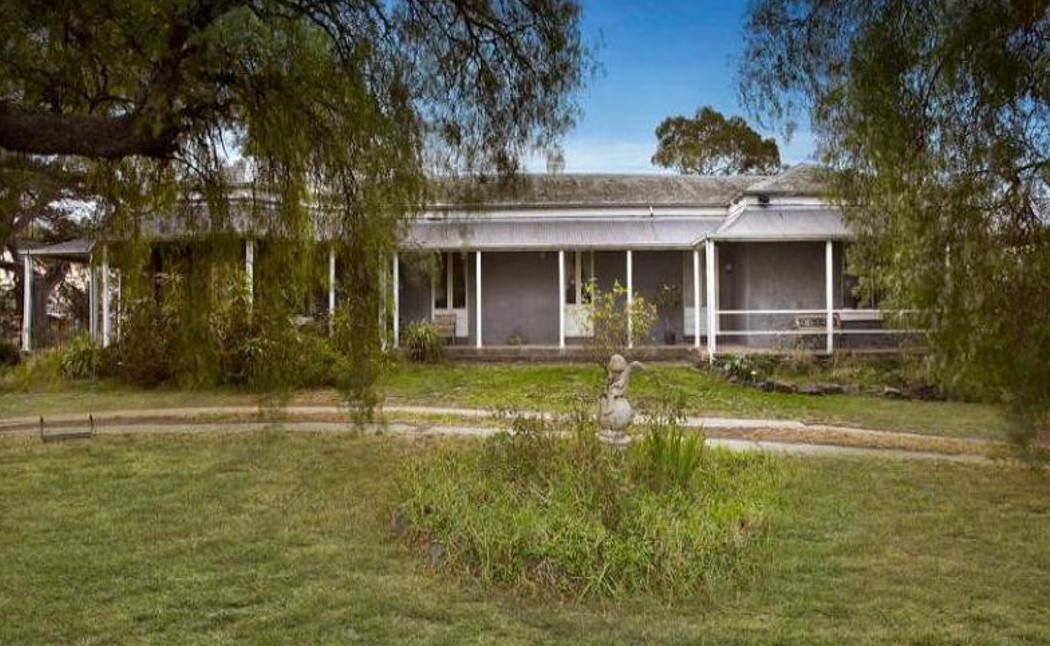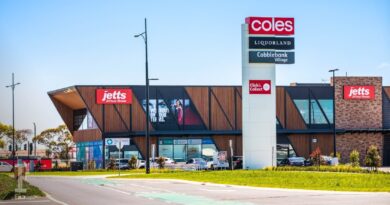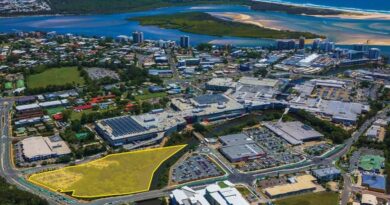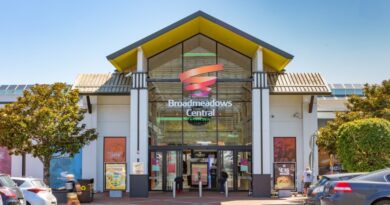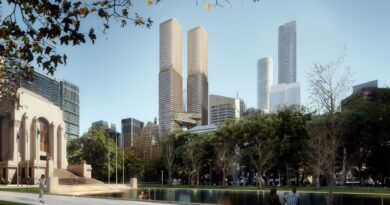No objection as Melbourne’s oldest house approved for land subdivision
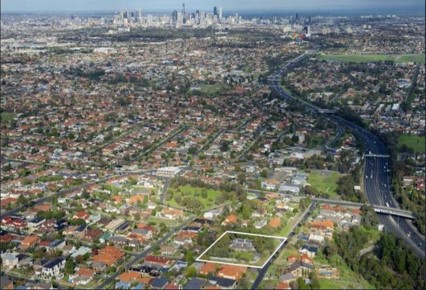
Nothing is sacred from Melbourne’s building boom, it would appear, including the house believed to be the city’s oldest – La Rose – which this week is having its expansive grounds prepped for new dwellings.
Following receipt of an application for which it received no objections, the City of Moreland recently approved a three-lot subdivision at 22 Le Cataeu Street, Pascoe Vale South.
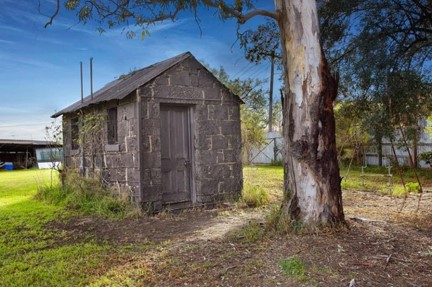
The permit is a boon for the investor who bought the development-sensitive 1.1-acre plot for $2.23 million in October, 2013.
At the time, the property (which had taken the name Wentworth House) wasn’t marketed for its medium density redevelopment potential. However, with three street frontages, the square site was said to have piqued builder interest.
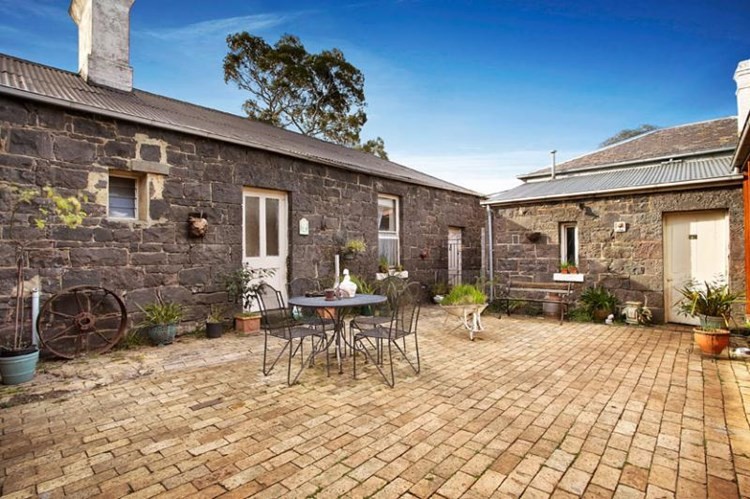
A fence now divides the 175-year old Colonial-Georgian-style homestead from what was once the garden, where two new homes will be constructed.
It is unknown whether the historic dwelling – which now sits on a 3000 square metre plot – will be relisted for sale following the subdivision.
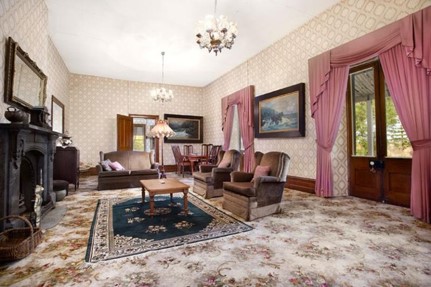
Built by Scotsman Dr Farquhar McCrae, a magistrate and businessman, the estate enjoys a hilltop position and stares down the CBD over Moonee Valley and Melbourne’s inner northern suburbs. Since 2013, local property values have soared – Pascoe Vale South’s median house price is now $881,000, up from $620,000.
This is not the first time a home branded Melbourne’s oldest has been in the news following a redevelopment application.
In 2009, the long-time owner of a vacant block in Williamstown struggled to sell the site to developers after Heritage Victoria stepped in, acknowledging an onsite structure, if it was built in 1842, could have been Melbourne’s oldest surviving house (see images below).
This property ended up selling to builders; a townhouse developed where this timber structure once stood exchanged only a couple of years ago.
The property which holds that title is considered to be the Emu Bottom Homestead, constructed in 1836 at Sunbury.
Structures which aren’t far behind include include the St James Cathedral, constructed in 1839, St Francis Church (1841) and Russell’s Old Corner Shop – at 330 King St – built during a gold rush in 1850.
Elsewhere in the CBD, a former residence at 300 Queen St was developed in 1848, a year before the Jobs Warehouse building, at 58-60 Bourke St.
Two former hotels: the Oddfellows at 33 Little Lonsdale St and Black Eagle at 44 Lonsdale St, were completed in 1849 (story continues below).
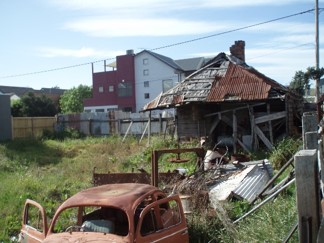
The Williamstown Stockade, c1840, was considered Melbourne’s oldest building until it was demolished in the 1950s to make way for a scrapyard.
The City of Moreland added that La Rose is considered one of Victoria’s oldest standing stone homes.
More information about La Rose/Wentworth House, sourced from Heritage Victoria, is here:
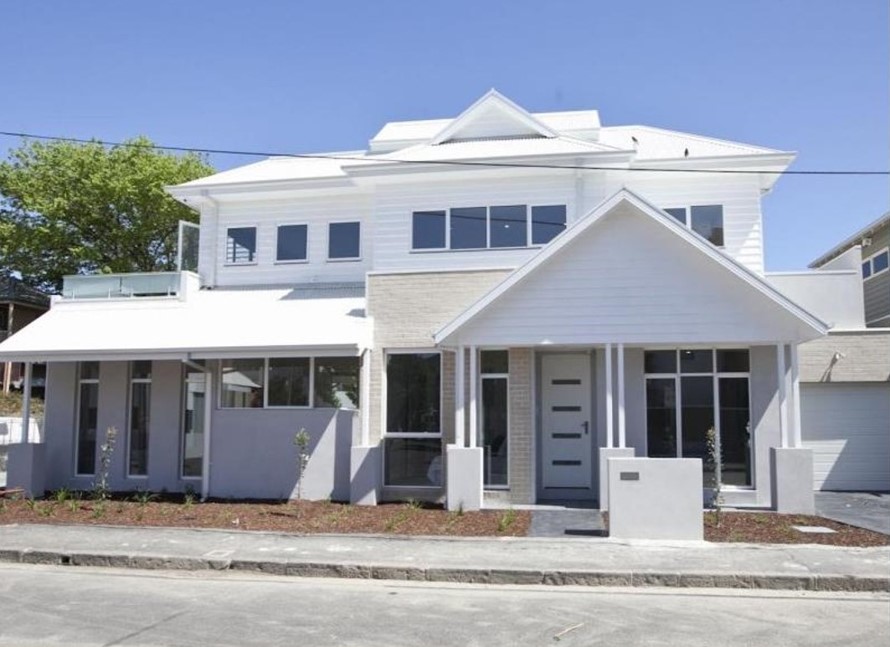
Location: 22 LE CATEAU STREET PASCOE VALE SOUTH, Moreland City
Heritage Status / Level of Significance: Registered
Victorian Heritage Register (VHR) Number: H0138 Listing Authority: VHR
Heritage Overlay Number: HO103
Statement of Significance:
What is significant?
Wentworth House at Pascoe Vale, known as La Rose during the nineteenth century, was built from c1842 for Dr Farquhar McCrae. He was the brother-in-law of Georgiana McCrae, who made several references to Farquhar and La Rose in her diaries. Farquhar had migrated from Scotland in 1839 with his mother, wife, sisters and children, and moved to La Rose in 1842. He was from the Scottish gentry, and was immediately successful in the colony, becoming a magistrate and the director of several companies and a bank, and was prominent in early colonial society. He got into financial difficulties during the depression of the early 1840s, and in about 1845 moved to Sydney, where he practised medicine. During this time the property was leased and farmed by Coiler Robertson, who purchased it in 1852, after McCrae’s death. It passed in the mid 1850s to James Robertson (probably Coiler’s son), a partner with Robert and Peter McCracken in one of Melbourne’s most successful brewery companies. The property of more than a hundred hectares remained intact until 1899, after which it was progressively subdivided, after 1920 by the War Service Homes Commissioner. The house is now on about an acre. It was renamed Wentworth House between 1908 and 1911.
Wentworth House is a single storey basalt house with a gabled slate roof, designed by an unknown architect in a simple Colonial Georgian style. It is a U-plan house with the rear wings enclosing a courtyard, and was built in three stages. The first stage was probably completed in 1842, and consisted of an asymmetrical basalt rubble house of three main rooms, one on one side and two on the other side of a central hall, and with a kitchen attached at the rear. The house was later enlarged considerably, probably in the 1850s. A large cut bluestone wing of three rooms was then added to the west side of the house, consisting of a principal room with the front wall extended out in a bay, and probably two bedrooms at the rear; another room was added behind the kitchen, and these rear wings now enclosed a court; verandahs were built across the front and sides of the house, onto which the main front rooms opened through French windows, and around two sides of the rear court; a six-room detached service block was also built at the rear, which included a larger kitchen, two other service rooms and probably also three servants’ rooms. In about 1870 a three room brick addition, with a cellar beneath, was built onto the east side of the original east wing. There were also bluestone outbuildings, including a combined stable and coach-house, which collapsed in 1991, and a two-room toilet block. The garden retains little of its original layout and only a few plants of any age, including two pepper trees and three olives, probably planted in about 1900. There are also some gums and box trees which are probably regrowth from the original native flora on the site.
How is it significant?
Wentworth House, formerly known as La Rose, is of architectural and historical significance to the state of Victoria.
Why is it significant?
Wentworth House is architecturally significant as one of the oldest surviving houses, and perhaps the oldest surviving stone house, in Victoria, and a rare example of early colonial building techniques. It is significant as an intact example of an early colonial house form, with a U-plan and a separate detached service block. It demonstrates the increasing size of houses in nineteenth century Victoria: in the early days of the colony houses were relatively small, but they increased significantly in size as the wealth of their owners, and their desire for status, increased during the century. Wentworth House is historically significant as the home of Farquhar McCrae, an eminent early gentleman colonist, and a member of the notable McCrae family. It has strong associations with pioneer agriculturalists in the district, especially Coiler Robertson, and with James Robertson, a prominent early brewing entrepreneur. [Online Data Upgrade Project – 2004].

